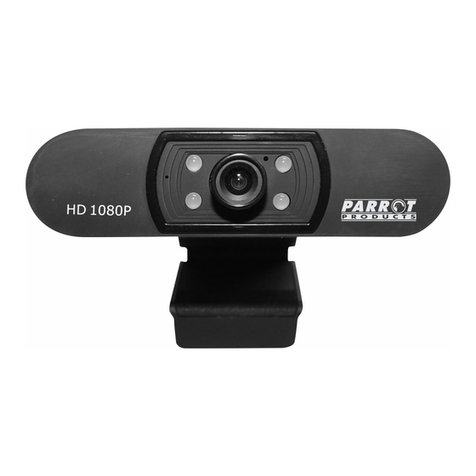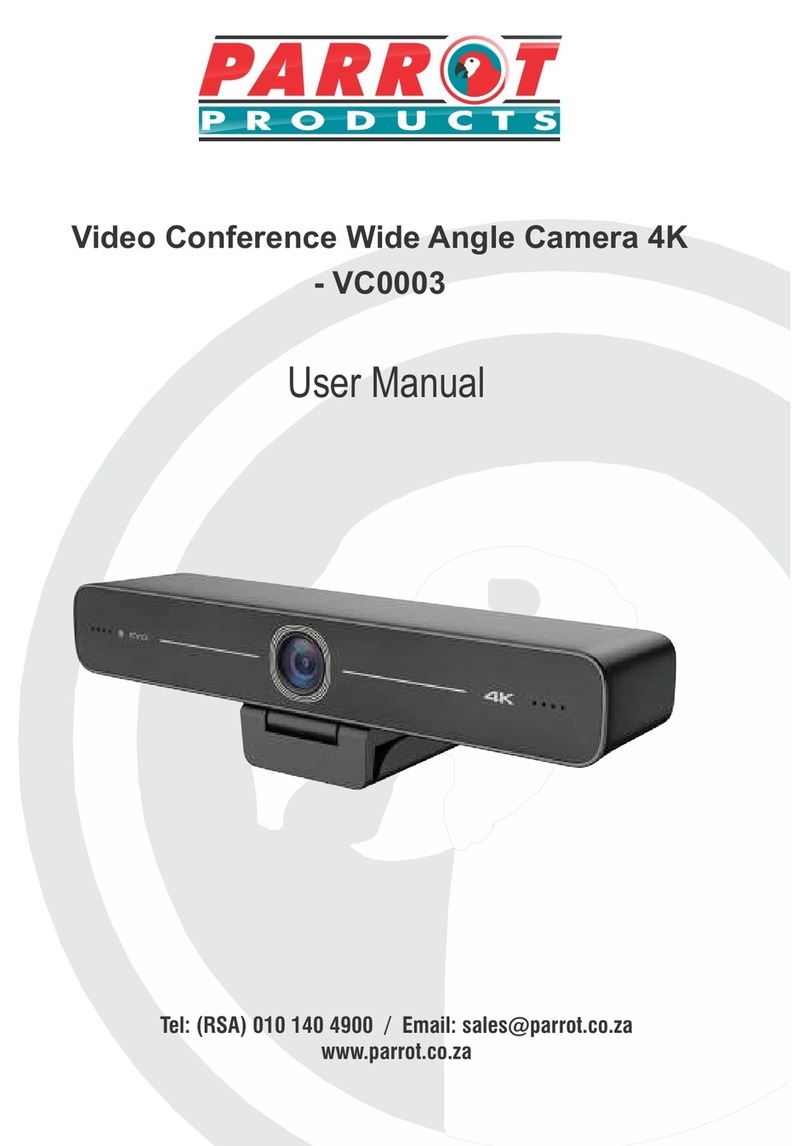
4
44
4 / 105
105105
105
6. Web Setting Management Configuration ............................................................................................. 44
6.1 Network settings .......................................................................................................................... 47
6.1.1 Wireless network ....................................................................................................................... 47
6.1.2 Ethernet...................................................................................................................................... 57
6.1.3 Auto change password ............................................................................................................ 58
6.2 Display & Audio ........................................................................................................................... 59
6.2.1 HDMI .......................................................................................................................................... 59
6.2.2 Audio .......................................................................................................................................... 61
6.2.3 Airplay screen uality ............................................................................................................... 63
6.2.4 Screen display ID ...................................................................................................................... 63
6.2.5 Home Screen background image ........................................................................................... 64
6.3 Moderator control ....................................................................................................................... 65
6.4 System settings ............................................................................................................................ 67
6.4.1 Buttons: ...................................................................................................................................... 67
6.4.2 Date & Time .............................................................................................................................. 67
6.4.3 Auto standby ............................................................................................................................. 69
6.4.4 Language ................................................................................................................................... 70
6.4.5 Reset ........................................................................................................................................... 71
6.4.6 Configuration File ..................................................................................................................... 71
6.4.7 Series Port Setting .................................................................................................................... 72
6.5 Security Settings .......................................................................................................................... 73
6.5.1 Security level ............................................................................................................................. 73
6.5.2 Login Password ........................................................................................................................ 74
6.5.3 Connection password .............................................................................................................. 74
6.6 Firmware upgrade ........................................................................................................................ 75
6.6.1 Firmware Update ...................................................................................................................... 75
6.6.2 Automatic Upgrading ............................................................................................................... 75
6.7 Other settings ............................................................................................................................... 76
6.7.1 Auto create launcher ................................................................................................................ 76
6.7.2 Clear history after meeting ...................................................................................................... 76
6.8 About device ................................................................................................................................ 77
7. Updating MTC-4500 ................................................................................................................................. 77





























